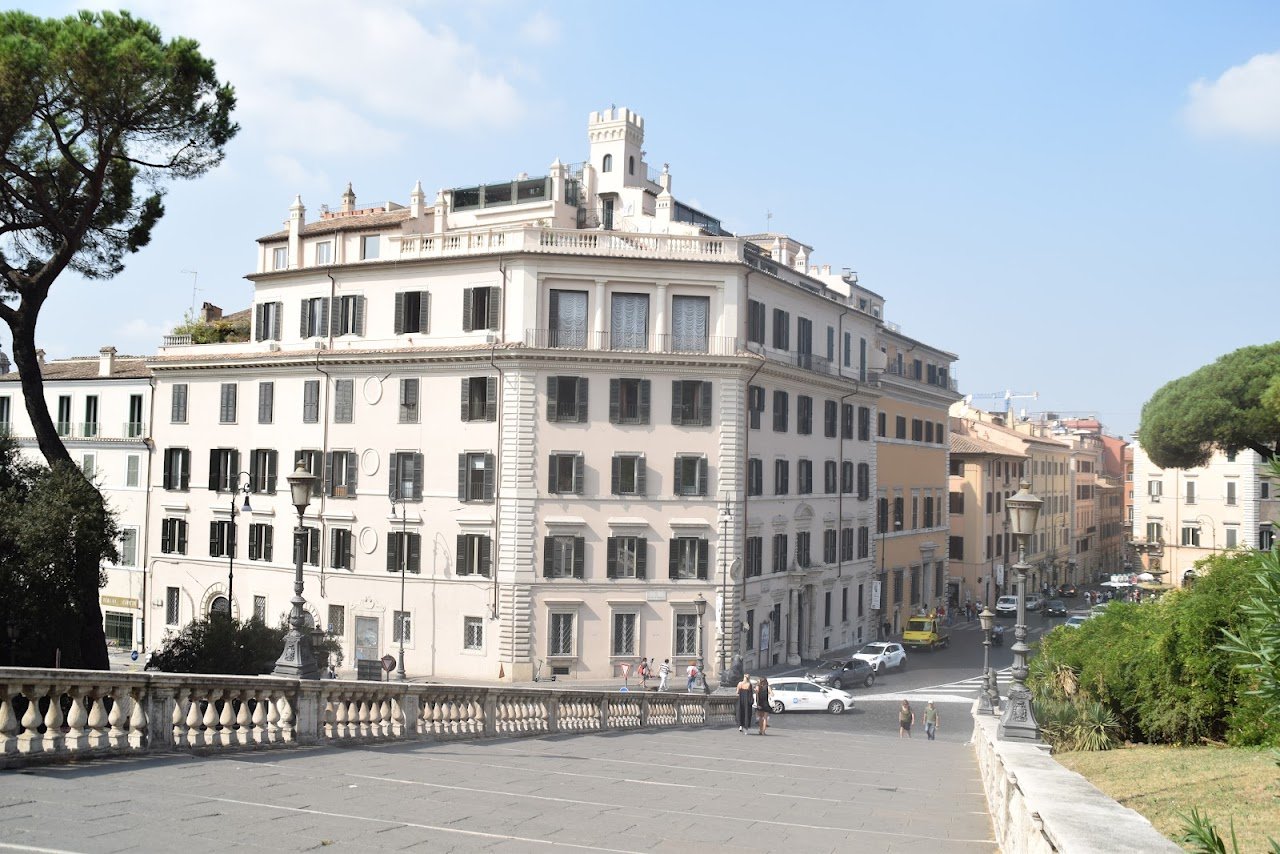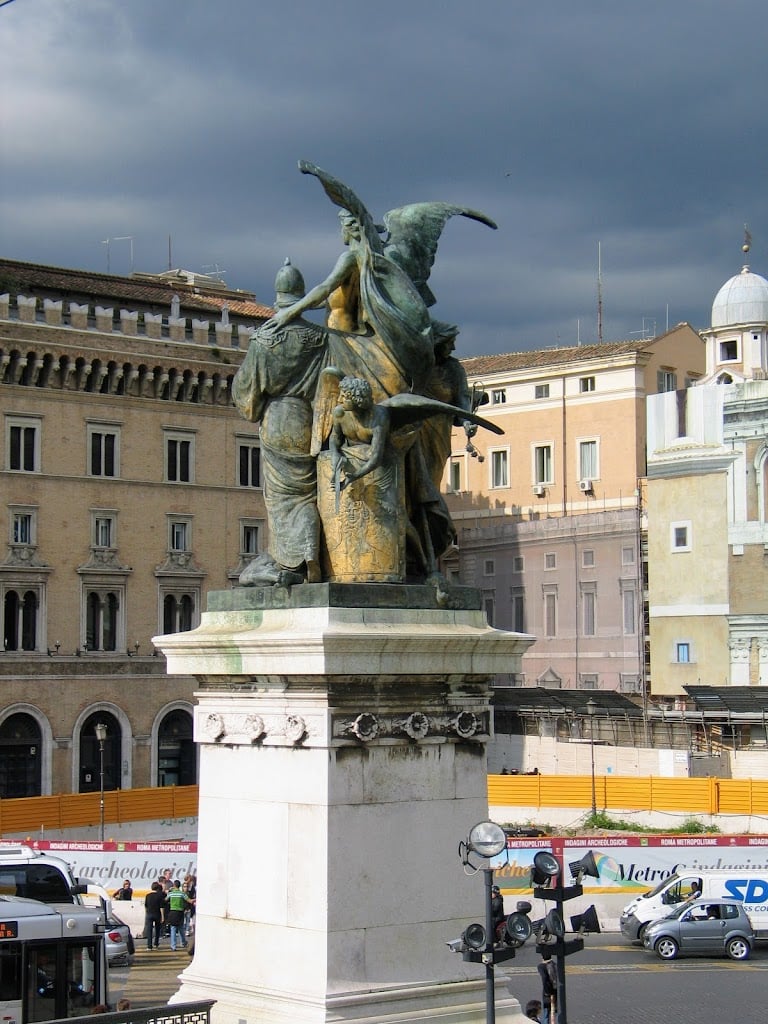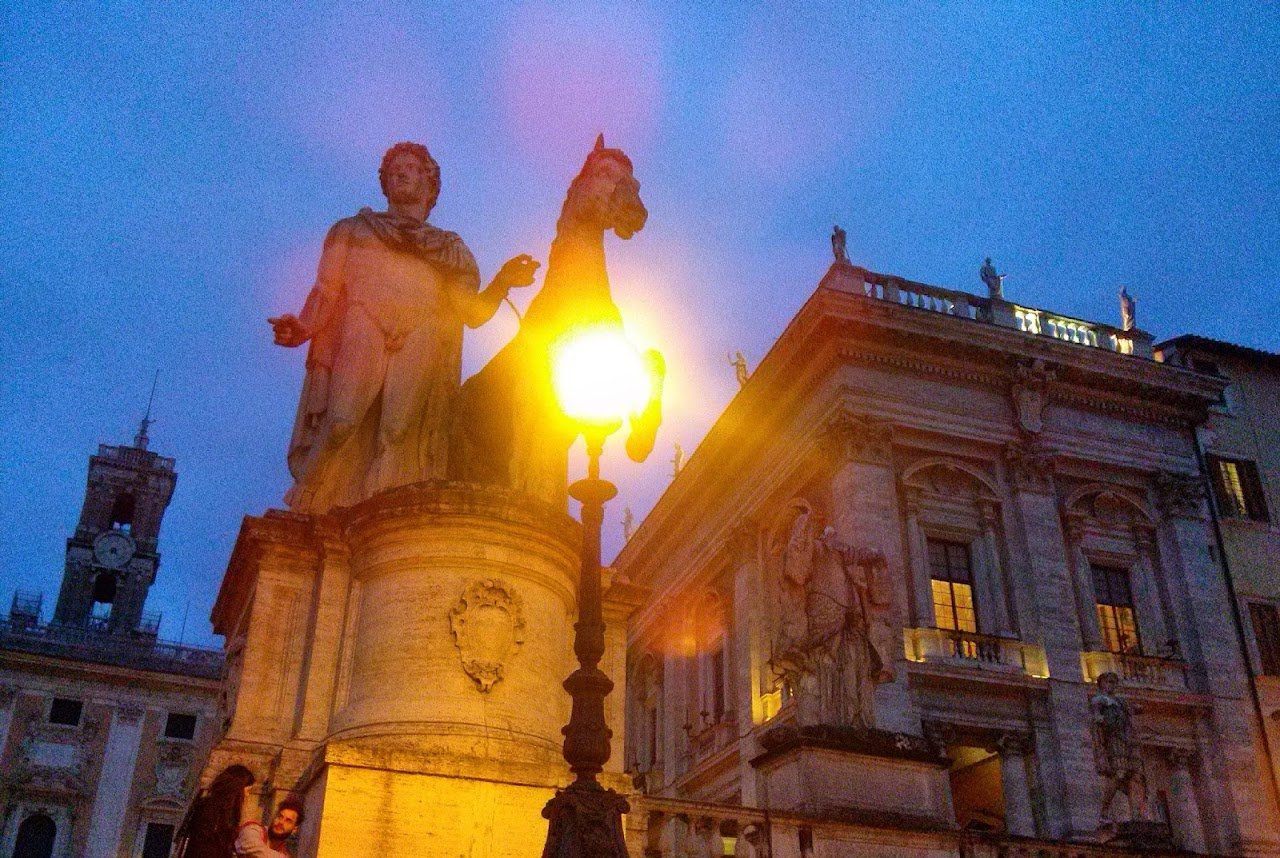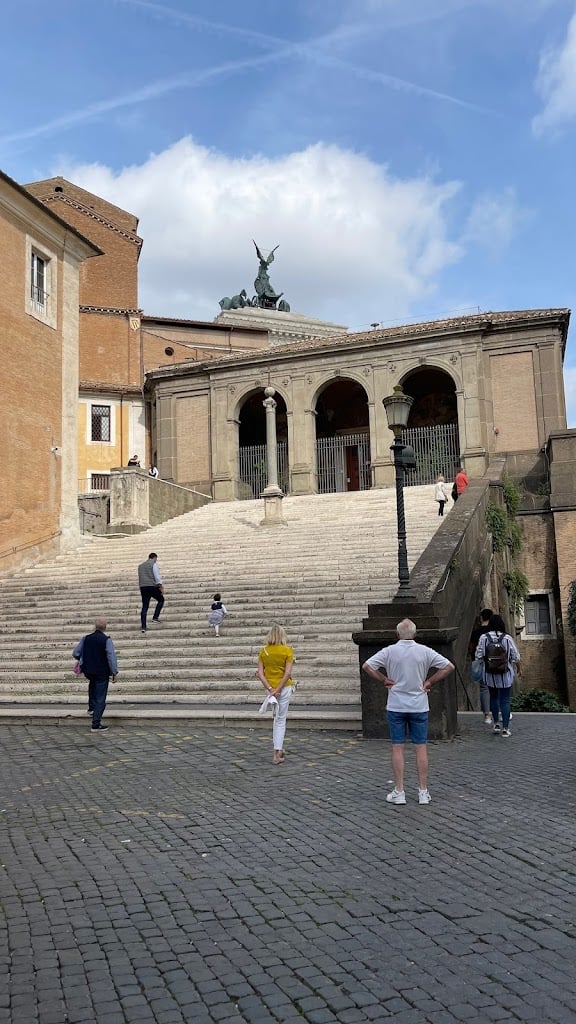Cordonata Capitolina





Ask ThatchGPT
Suggest a local expert to plan my trip
Suggest an unique itinerary for my Italy trip
What foods do Italy locals eat
What are some true hidden gems in Italy
Help me brainstorm trip ideas for Italy
Help me plan a family-friendly trip to Italy
What people say
Pedro Pereira
Available for hire
"The Cordonata Capitolina, a monumental staircase in Rome, Italy, serves as a grand connection between two iconic landmarks: the Piazza del Campidoglio (Capitoline Square) and the Piazza d'Aracoeli. Designed by Michelangelo in the 16th century, the Cordonata Capitolina wasn't actually built by him directly. Michelangelo passed away before construction began, and Giacomo della Porta took over the project, adhering to Michelangelo's plans.
The Cordonata Capitolina offers a unique experience for visitors venturing up Capitoline Hill. Unlike a traditional staircase with individual steps, it features a wide, sloping incline punctuated by broad, low treads. This design, known as a "cordonata," makes it easier to climb, even while riding a horse – a practical consideration in its era.
As you ascend the Cordonata Capitolina, the incline subtly widens. This creates a sense of gradual revelation, building anticipation as you approach the top and the grand Piazza del Campidoglio unfolds before you. Flanking the base of the staircase are two colossal statues depicting the Dioscuri, Castor and Pollux, twin brothers in Roman mythology. These statues, along with a group sculpture known as the "Trofei di Mario" (Trophies of Marius), add a touch of grandeur and historical significance to the staircase.
The Cordonata Capitolina serves as a symbolic bridge between the bustling city below and the Capitoline Hill, steeped in Roman history. As you climb, you're not just traversing a physical space, but also journeying back in time. Today, the Cordonata Capitolina is a popular spot for tourists and locals alike. It offers a picturesque vantage point for capturing photos of the surrounding piazzas and provides a pleasant climb to the top of the Capitoline Hill. It's a testament to Michelangelo's vision and a reminder of the grandeur of Rome's past."
Read more in:
Linda Miller
"The Cordonata Capitolina is a monumental staircase in Rome, Italy, that connects the Piazza d'Aracoeli with the Piazza del Campidoglio. It was designed by Michelangelo in the 16th century and is considered one of his most important works.
The Cordonata is a wide, shallow staircase that is made of travertine marble. It is divided into three sections, each of which is decorated with statues and reliefs. The first section is decorated with statues of the Dioscuri, Castor and Pollux, and the second section is decorated with the Trophies of Marius, a Roman victory monument. The third section is decorated with a statue of Cola di Rienzo, a 14th-century Roman revolutionary.
The Cordonata was built to provide a grand entrance to the Capitoline Hill, which was the seat of government in ancient Rome. It is also a popular tourist destination and is often photographed and painted.
Here are some additional details about the Cordonata Capitolina:
The Cordonata is made of travertine marble.
It is divided into three sections.
The first section is decorated with statues of the Dioscuri.
The second section is decorated with the Trophies of Marius.
The third section is decorated with a statue of Cola di Rienzo.
The Cordonata is a significant work of art and architecture. It is a reminder of Michelangelo's genius and the importance of the Capitoline Hill in Roman history.
"
Read more in:
Mentioned in these guides
About Cordonata Capitolina
Get the inside scoop on Cordonata Capitolina from local experts, travel creators, and tastemakers. Browse genuine trip notes, Cordonata Capitolina reviews, photos, travel guides, and itineraries from real travelers and plan your trip with confidence.
Phone
Save this spot for later or start mapping out a new trip today
Try our AI Travel Assistant and get instant answers to any questions about your trip.
Ask ThatchGPT

